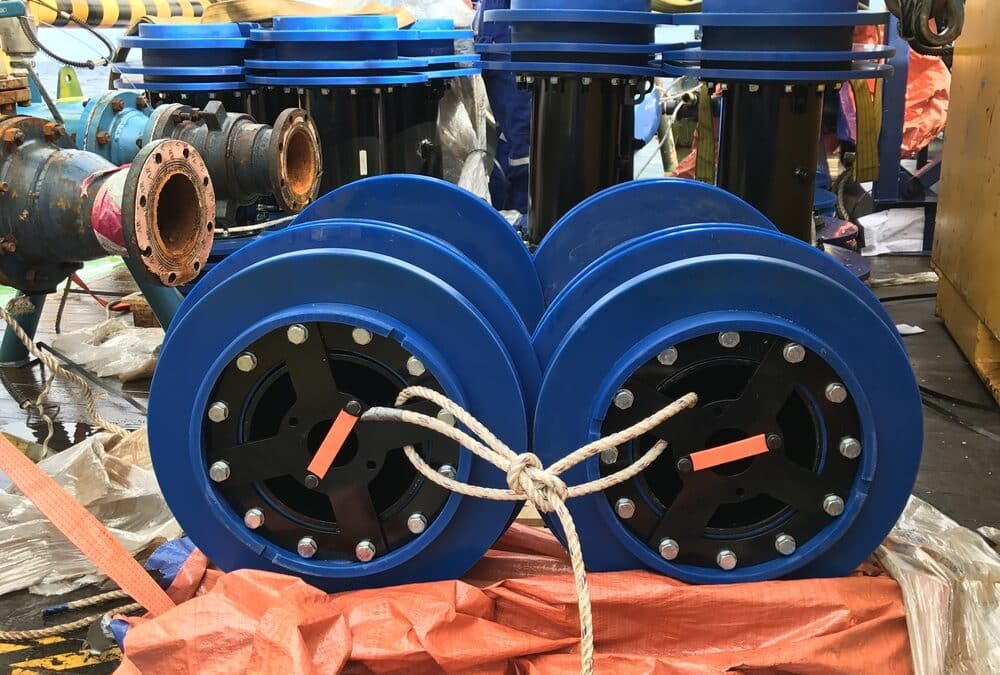Pipeline safety is paramount in industries that rely on the continuous and reliable flow of materials. Whether it’s oil, gas, or water, ensuring the integrity of pipelines prevents leaks, environmental hazards, and costly repairs. One crucial aspect of maintaining pipeline safety is using Pre-in-Line Inspection (pre-ILI) tools. These tools are the unsung heroes in the pipeline industry, providing essential data and identifying potential issues before they become costly problems. In this article, we’ll look into the role of pre-ILI tools and how they contribute to pipeline safety.
What Are Pre In-Line Inspection Tools?
Pre-ILI tools are advanced devices used to gather preliminary data on pipelines’ internal and external conditions. They are deployed before a full in-line inspection is conducted, acting as the first line of defense. They are designed to assess internal corrosion, deformations, or irregularities that may compromise the pipeline’s integrity.
Why Are Pre-ILI Tools Critical for Pipeline Safety?
Pipeline systems face constant wear and tear from corrosion, ground movement, and pressure changes. Pre-ILI tools help operators avoid potential issues by identifying early signs of damage. This proactive approach ensures that pipelines continue to function efficiently and safely. By preventing catastrophic failures, operators save time, money, and resources that would otherwise be spent on extensive repairs or downtime.
Critical Types of Pre In-Line Inspection Tools
Geometry Inspection Tools: These tools provide critical information about a pipeline’s shape and structure. Any changes, such as dents or deformations, can indicate external stress or damage to the pipeline. Geometry Inspection Tools: These tools provide critical information about a pipeline’s shape and structure. Any changes, such as dents or deformations, can indicate external stress or damage to the pipeline. Leak Detection Tools: These specialized tools have the ability to identify leaks within the pipeline, allowing operators to quickly address even small leaks that, if left unmonitored, could lead to larger, more costly issues.
How Winterhawk Pipeline Services Uses Pre-ILI Tools to Safeguard Pipelines
Winterhawk Pipeline Services has established itself as a leader in pipeline safety. Their approach to utilizing pre-ILI tools sets the stage for a comprehensive pipeline inspection strategy. By deploying these advanced tools, Winterhawk gathers critical data, allowing its team to develop a maintenance plan tailored to each pipeline’s specific needs. Winterhawk Pipeline Services specializes in detecting early signs of pipeline stress, corrosion, and irregularities, ensuring that pipelines are maintained and repaired before significant issues arise. This preventative approach not only safeguards the pipeline but also minimizes the risk of environmental hazards and ensures the continuity of operations.
The Role of Pre-ILI Tools in Pipeline Integrity Management
Pipeline integrity management is an ongoing process that requires regular assessments and data collection. Pre-ILI tools play a vital role in this process by providing baseline data that informs future inspections and maintenance decisions. With the help of these tools, operators can prioritize the areas of a pipeline that require immediate attention, reducing the likelihood of unexpected failures.
The Benefits of Using Pre-ILI Tools
- Early Detection of Issues: Pre-ILI tools can identify problems like corrosion, dents, or weld anomalies before they escalate into serious safety hazards.
- Cost Savings: By addressing potential issues early, operators can avoid expensive repairs and downtime.
- Improved Planning: Data collected from Pre-ILI tools allows operators to create more accurate maintenance schedules and allocate resources efficiently.
- Extended Pipeline Lifespan: Regular use of Pre-ILI tools helps maintain the integrity of pipelines, extending their operational life and ensuring consistent performance.
Challenges of Implementing Pre-ILI Tools
While the advantages of pre-ILI tools are clear, their implementation isn’t without challenges. Factors such as pipeline accessibility, debris presence, and environmental conditions can impact their effectiveness. However, with proper planning and execution, these challenges can be mitigated.
How Winterhawk Pipeline Services Overcomes Pre-ILI Challenges
Winterhawk Pipeline Services leverages cutting-edge technology and years of industry expertise to overcome the challenges associated with pre-ILI tools. Their team understands the complexities of different pipeline environments and adjusts their inspection strategies accordingly, ensuring accurate and comprehensive data collection.
How Pre-ILI Tools Fit into a Comprehensive Inspection Strategy
Pre-ILI tools are just one part of a broader pipeline inspection strategy. After gathering initial data, operators can deploy complete in-line inspection tools to understand a pipeline’s condition better. These tools create a comprehensive picture of pipeline health, allowing for better decision-making and more effective maintenance planning.
The Future of Pre-ILI Tools in the Pipeline Industry
As technology continues to evolve, so do the capabilities of Pre-ILI tools. We can expect more sophisticated tools that provide faster, more accurate data with minimal human intervention. Additionally, advancements in data analytics will allow operators to make even more informed decisions based on the information gathered from these tools.
The Importance of Pre-ILI Tools in Ensuring Pipeline Safety
In the ever-evolving field of pipeline safety, Pre In-Line Inspection tools play a critical role in preventing costly failures and ensuring the longevity of pipeline systems. By identifying potential issues early, these tools allow operators to take proactive steps to maintain the integrity of their pipelines. Winterhawk Pipeline Services is at the forefront of this effort, utilizing the latest pre-ILI technology to ensure pipelines remain safe, reliable, and efficient.

